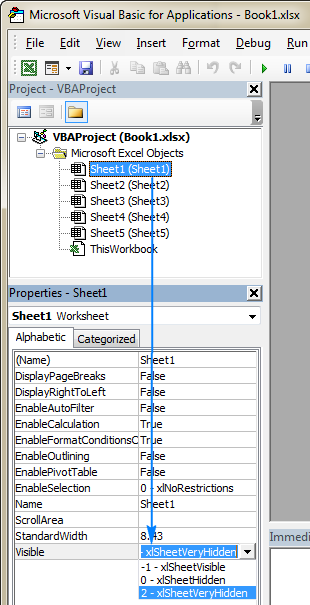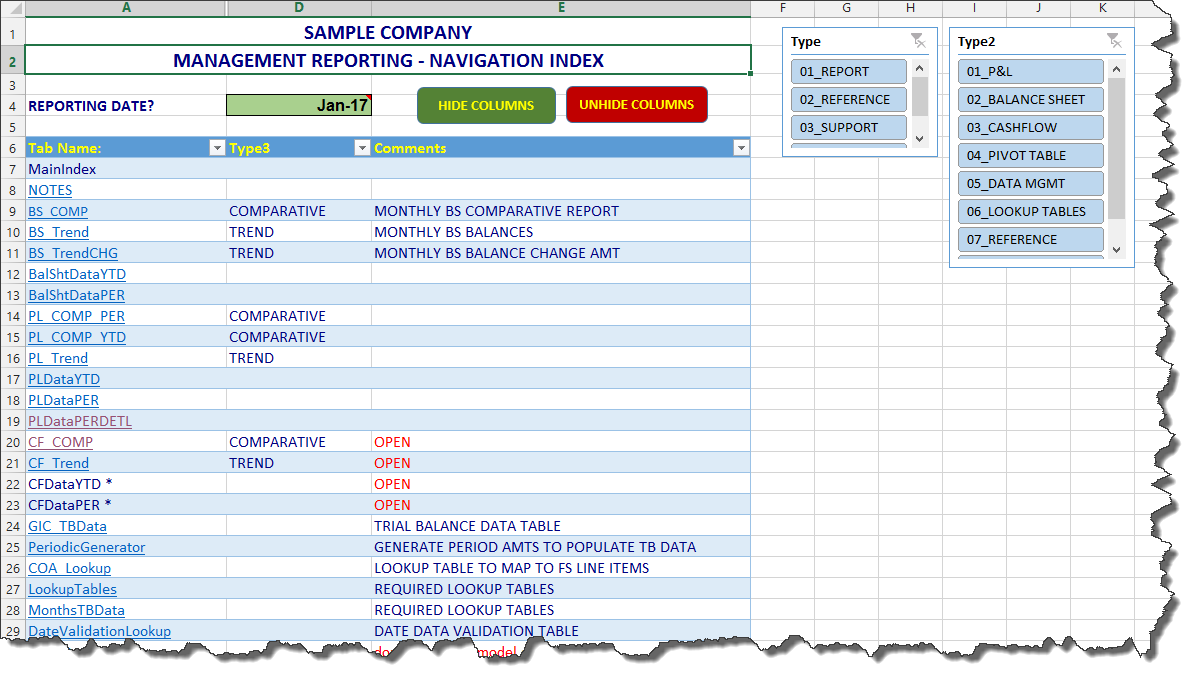
Shoes: You can track up to three pair of shoes (because that's all I use and had room for in the worksheets). If it's not there, the run is assumed to be inside, as I do a lot of treadmill running. Location: As before, I check only for the word "outside" in this column on each month's worksheet. If you delete those columns, pretty much everything will stop working. Those calculations-and others-reside in columns M and N, which are currently set to zero width (but not hidden via the menus).

Note that there are some behind-the-scenes calculations (some quite ugly) that need to be done to make this work. Fill in the blue-shaded cells, and you'll get your pace in both minutes per mile and miles per hour.

Pace calculator: As noted, it's been integrated into the Overall worksheet, near the top. While dangerous, this button makes it very easy to set up for a new year of running: Copy the current year's workbook, rename the copy for next year, open it, change the input year, then click the big red button. But be warned, there is no undo if you run this and then want your data back! It will warn you first, and give you a chance to cancel. This will do exactly what it says: Delete all your run data. I need to test this more, though, so there may be updates forthcoming.Ĭlear run data: If you have the macro version of the workbook, at the bottom of the Overall worksheet you'll see the big bold ugly button at right.
Hide worksheet in excel for mac version 15 archive#
"days left" stops counting) once the year has passed, so you should be able to just archive the year's workbook as is, without fear that things will change over time. Also, I've set it up so that your data shouldn't change (i.e. Once input, all formulas will adjust, including adding a day in February for leap year, if necessary. Input year: The workbook will now handle any year, so there's a cell to fill with the year you'd like to track. The instructions haven't changed much from the original post, so refer to that for assistance if needed. When the next year rolls around, repeat the process. Expand the archive, and duplicate the macro or non-macro version (as you wish the macro version needs a newer version of Excel) for the current year.
Hide worksheet in excel for mac version 15 zip#
To begin, download the zip archive of both files. This is something you'll only do once a year, but it's much easier with the macro version. It's not nearly as ugly as it was before-layout is improved, gridlines are gone, tables are cleaned up, etc.Īs noted, there are two versions of the workbook-one contains a macro that can erase the run data from each monthly worksheet, the other does not contain that macro.The pace calculator is no longer a separate worksheet it's integrated into the Overall worksheet.All run data can be deleted with one button click-and yes, there's a confirmation first.Years are now easily handled just input the year you wish to track, and the workbook does the rest, including leap years.Did I mention it was ugly? Anyway, here's what I've changed with the new version: In preparing this year's version of the workbook, I addressed a few things that bugged me about the first one: It was ugly, changing years was difficult, and it was ugly. I didn't run nearly as much in 2017 (on purpose), but 2018 is upon us, and I'm going to up my mileage this year-probably not to 2,018, though! It worked well, and helped me through my 2,016 mile year in 2016. Download the new files.Ībout two years ago, I created a basic-but-functional run tracking workbook (created in Excel). This way, you don't have to use the macro-enabled version to delete data at each new year. These files are also set up as "master" files: The idea is you duplicate one, rename it for the current year, then use it. 2019 update: I've uploaded new files (in one zip archive this time) with a few changes and fixes.


 0 kommentar(er)
0 kommentar(er)
